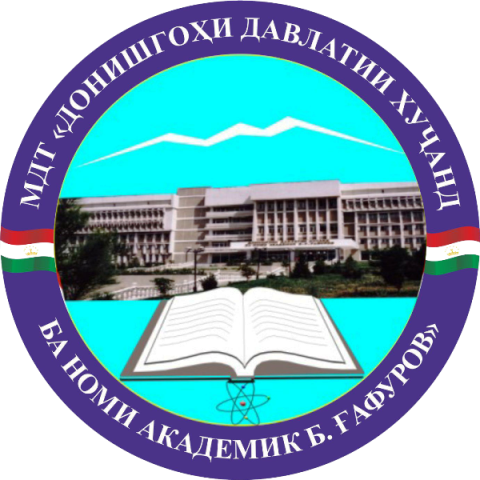list (humanitarian 2023)
LAND CATEGORIES AND ISSUES OF LAND TENURE IN THE KOKAND KHANATE
 
Authors: Mamatkulov Dzhurabek Abduganievich, research worker of the Department of History and Religious Studies, Tajik State University of Law, Business and Politics (Tajikistan, Khujand)
 
JOURNAL NUMBER: 2(75). YEAR OF ISSUE: 2023.  LANGUAGE OF THE ARTICLE: Russian
ANNOTATION
The basis of agriculture of the Kokand Khanate as an agrarian state was agriculture. The Ferghana Valley, which was the core of the khanate and which included the region of Khujand, is the ancestral home of the agricultural culture of Central Asia in antiquity. Chust culture is a clear example of this. The land categories that were formed in the era of the late Middle Ages and in the New Age are considered. The most common category of land holdings was state lands - ÔÇ£mamlakati sultoniÔÇØ, ÔÇ£hossaÔÇØ, ÔÇ£hossagiÔÇØ, which belonged to the ruler, in this case, the khan. There were also private land holdings called "mulk", as well as "mulki khur", "mulki holis", meaning the right of private ownership of land. State (khan) lands were leased for temporary use. Given the quality of the land area, the tenants paid taxes, so these lands were called "mulki kharaj" and "mulki ushr" ("kharaj" and "ushr" are the names of taxes). Also, lands were transferred from state lands to officials or military leaders for devoted service (as well as the right to collect taxes from villages, districts, sometimes regions), this was called ÔÇ£suyurgalÔÇØ or ÔÇ£tankhoÔÇØ. One of the common land categories was "waqf". On the basis of written sources, the total area of waqf lands (the population also called them ÔÇ£wahmÔÇØ) in the Khujand and Ura-Tyube regions is shown.
 
KEY WORDS
mulk, mulki-khur, Uro-Teppa, mulki-holis, vaqf, vahm, Khujand, ushr, kharaj, amlyak lands, madrasah, mosque, mazar, dakhma, Kokand khanate, Tukestan governor-general, tanap, ÔÇ£zarkharid ÔÇØ, Lalmi (rainfed lands), bill of sale (vasika)
 ðÉð¢ð│ð╗ð©ð╣Ðüð║ð©ð╣
ðÉð¢ð│ð╗ð©ð╣Ðüð║ð©ð╣
 ðóð¥ÊÀð©ð║Ëú
ðóð¥ÊÀð©ð║Ëú  ðáÐâÐüÐüð║ð©ð╣
ðáÐâÐüÐüð║ð©ð╣ 
